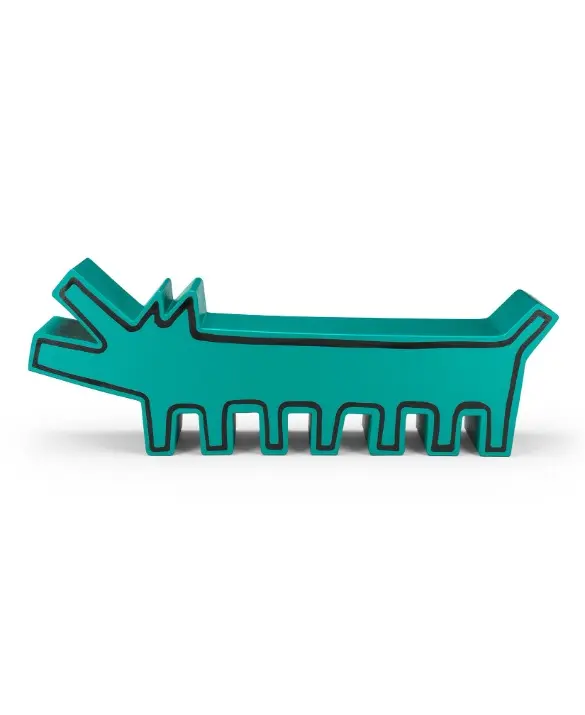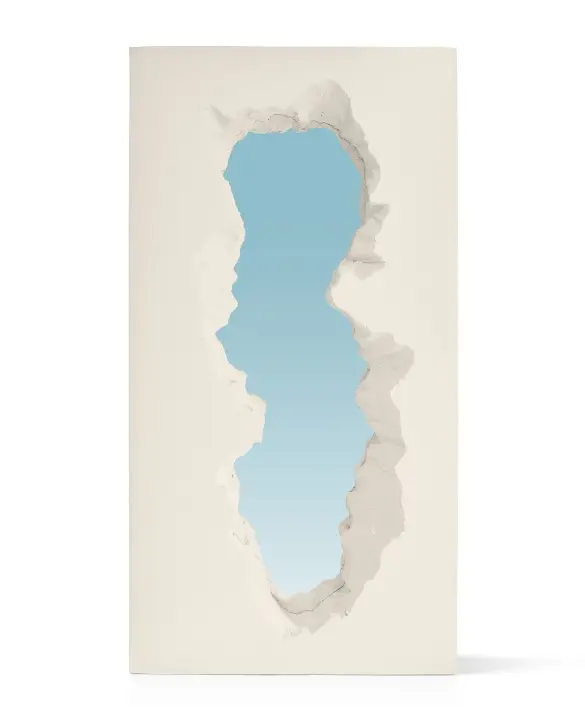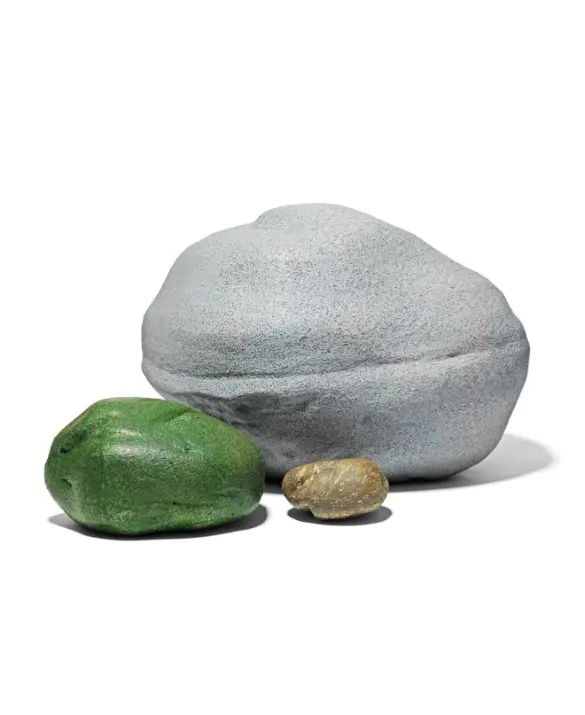Gufram srl
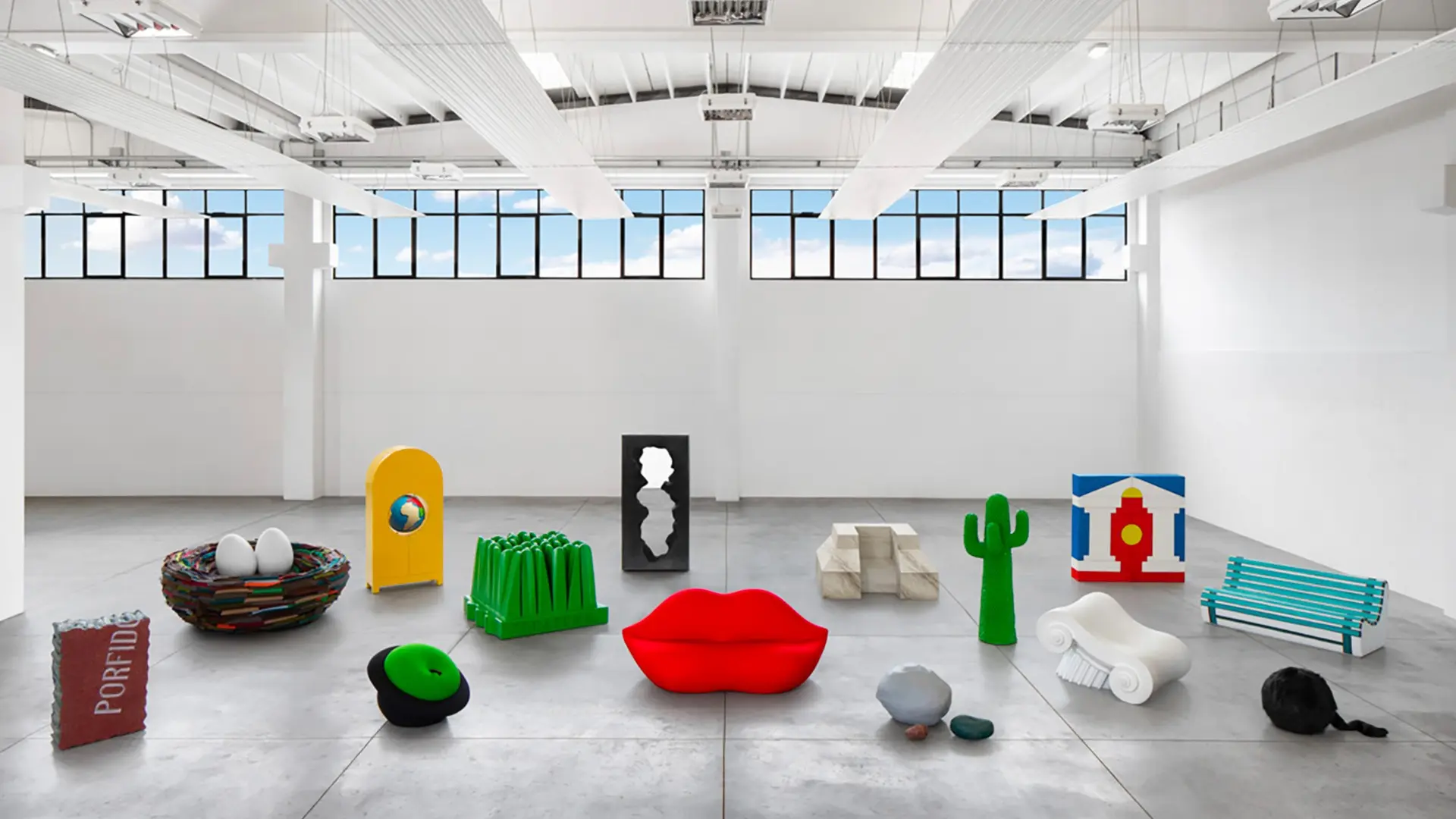
For over fifty years, Gufram has been producing iconic pieces that challenge design stereotypes. Collaborating with artists and designers, it influenced the design landscape globally also entering the collections of international museums.
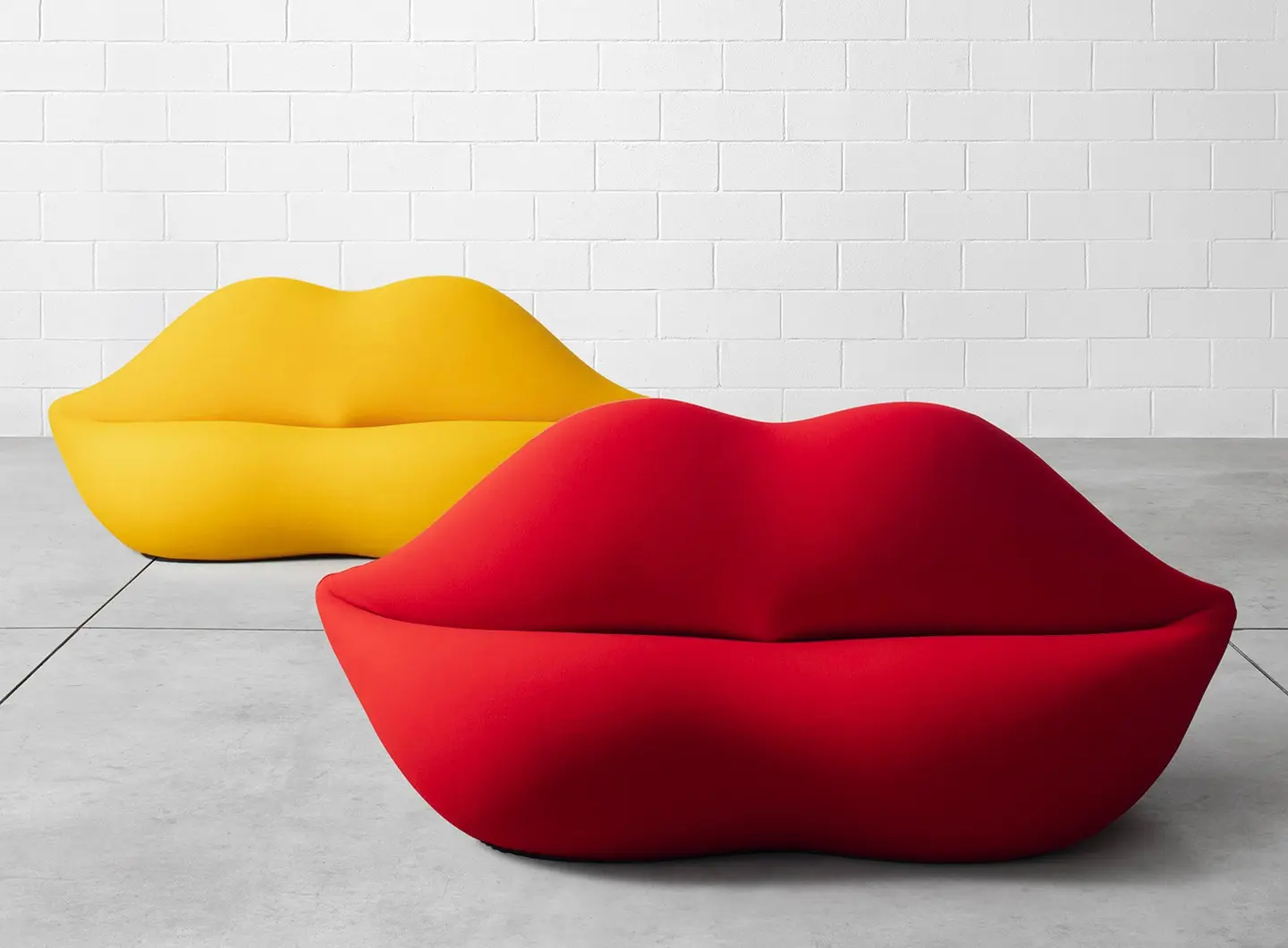
Bocca, Studio 65, 1970

Pratone, Giorgio Ceretti, Pietro Derossi, Riccardo Rosso, 1971
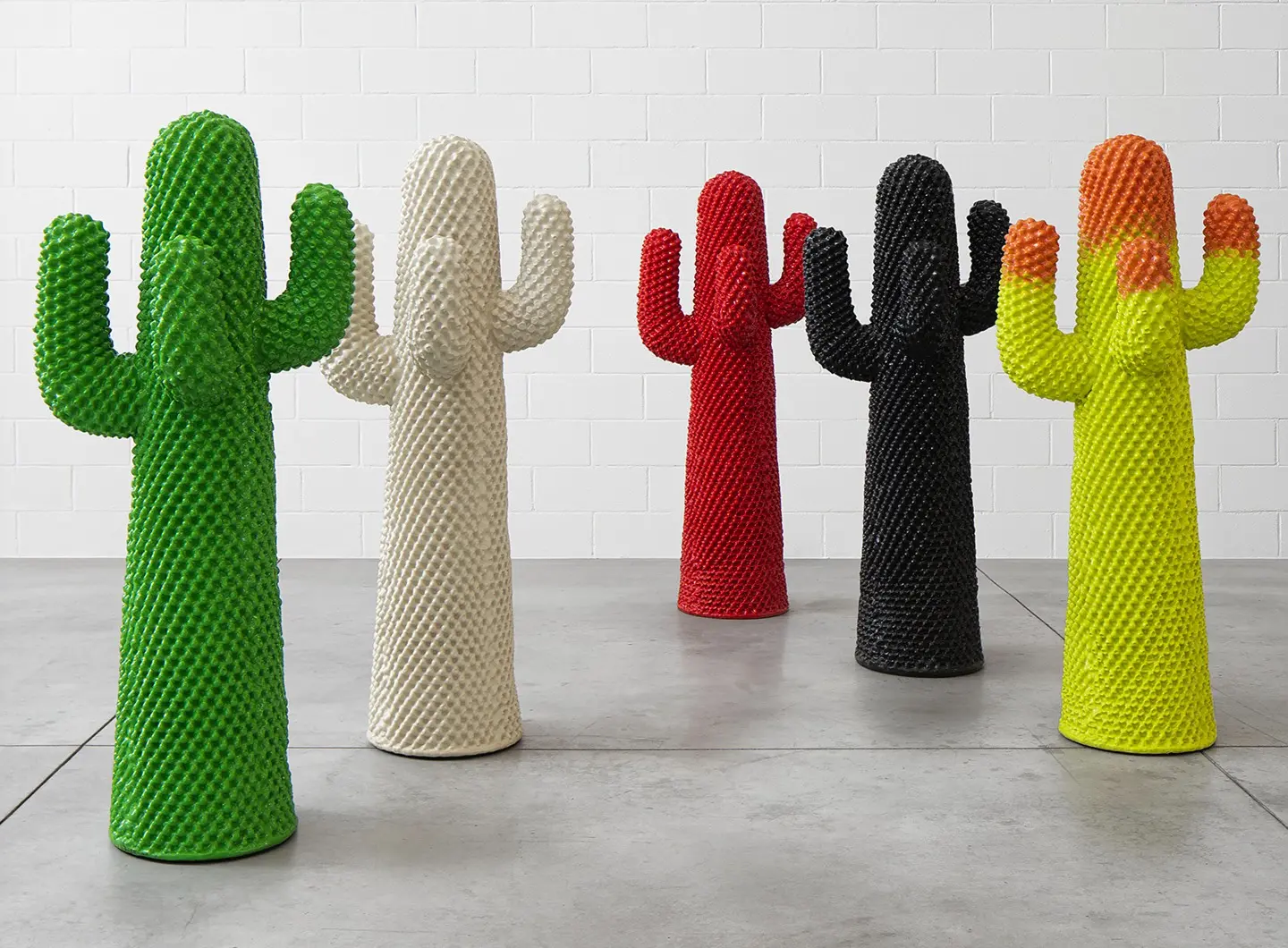
Cactus, Guido Drocco, Franco Mello, 1972
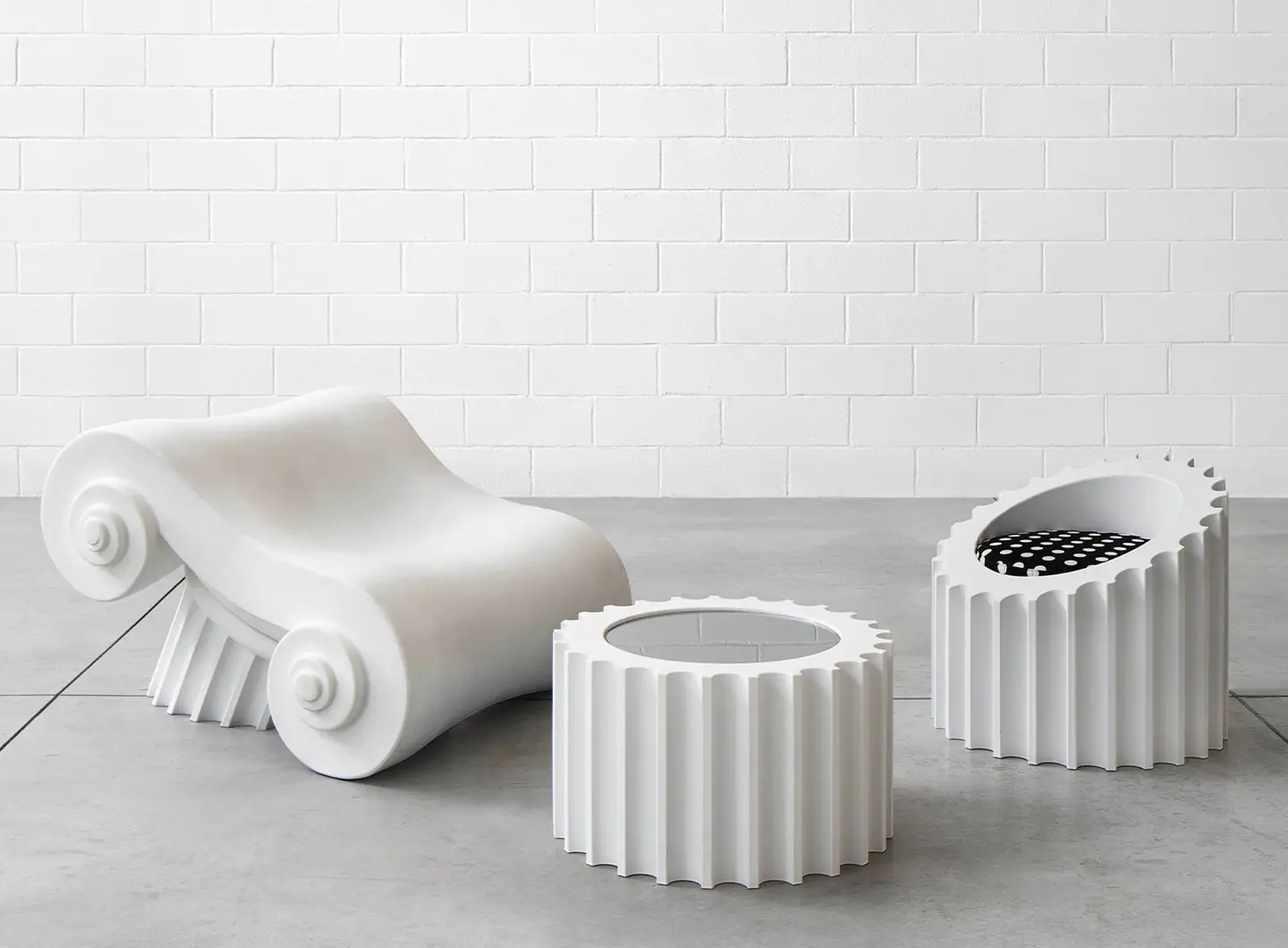
Capitello, Studio 65, 1971
Attica, Attica TL, Studio 65, 1972
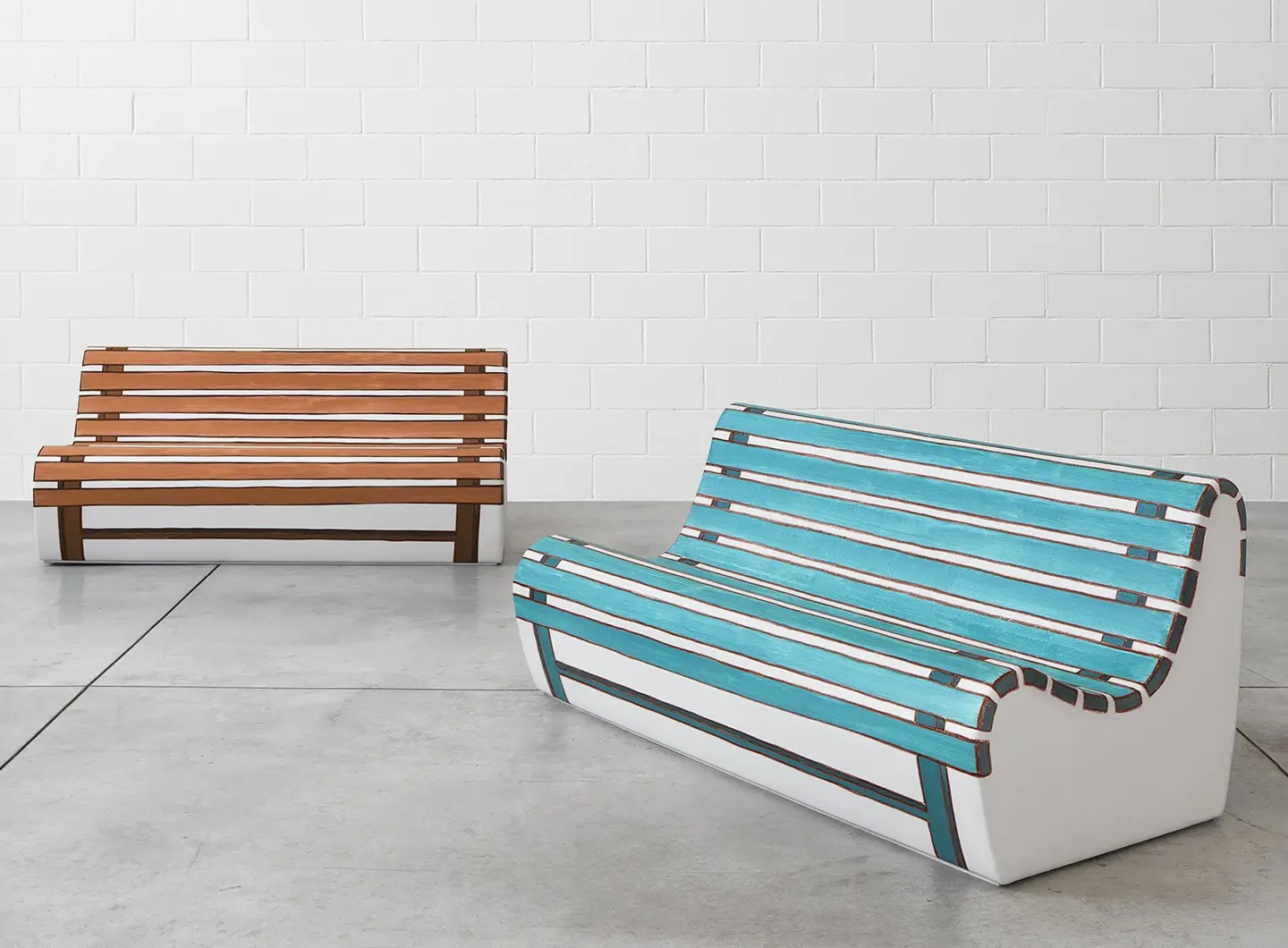
Autumntime, Summertime, Valerio Berruti, 2013
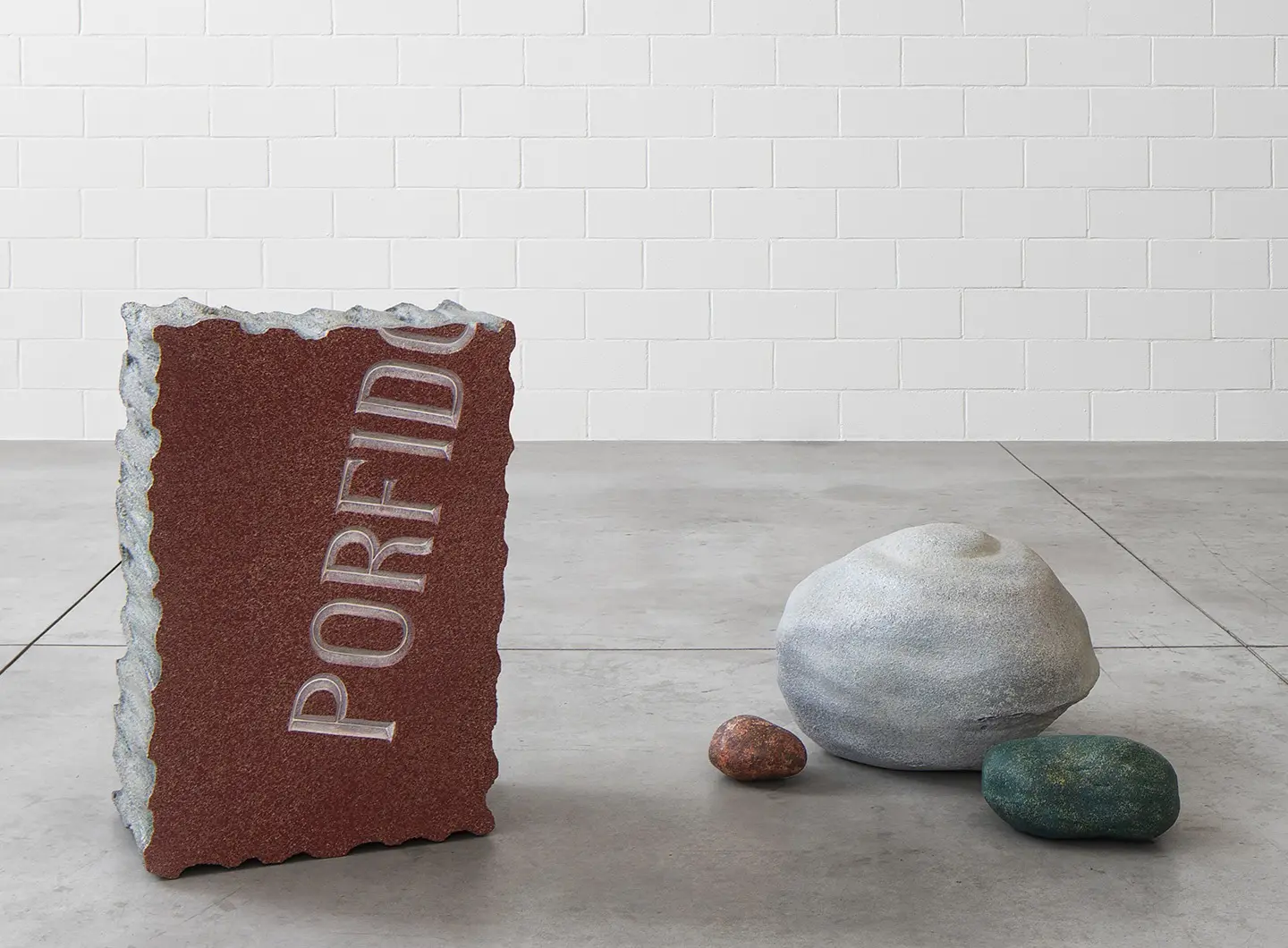
Massolo, Piero Gilardi, 1974
Sassi, Piero Gilardi, 1968
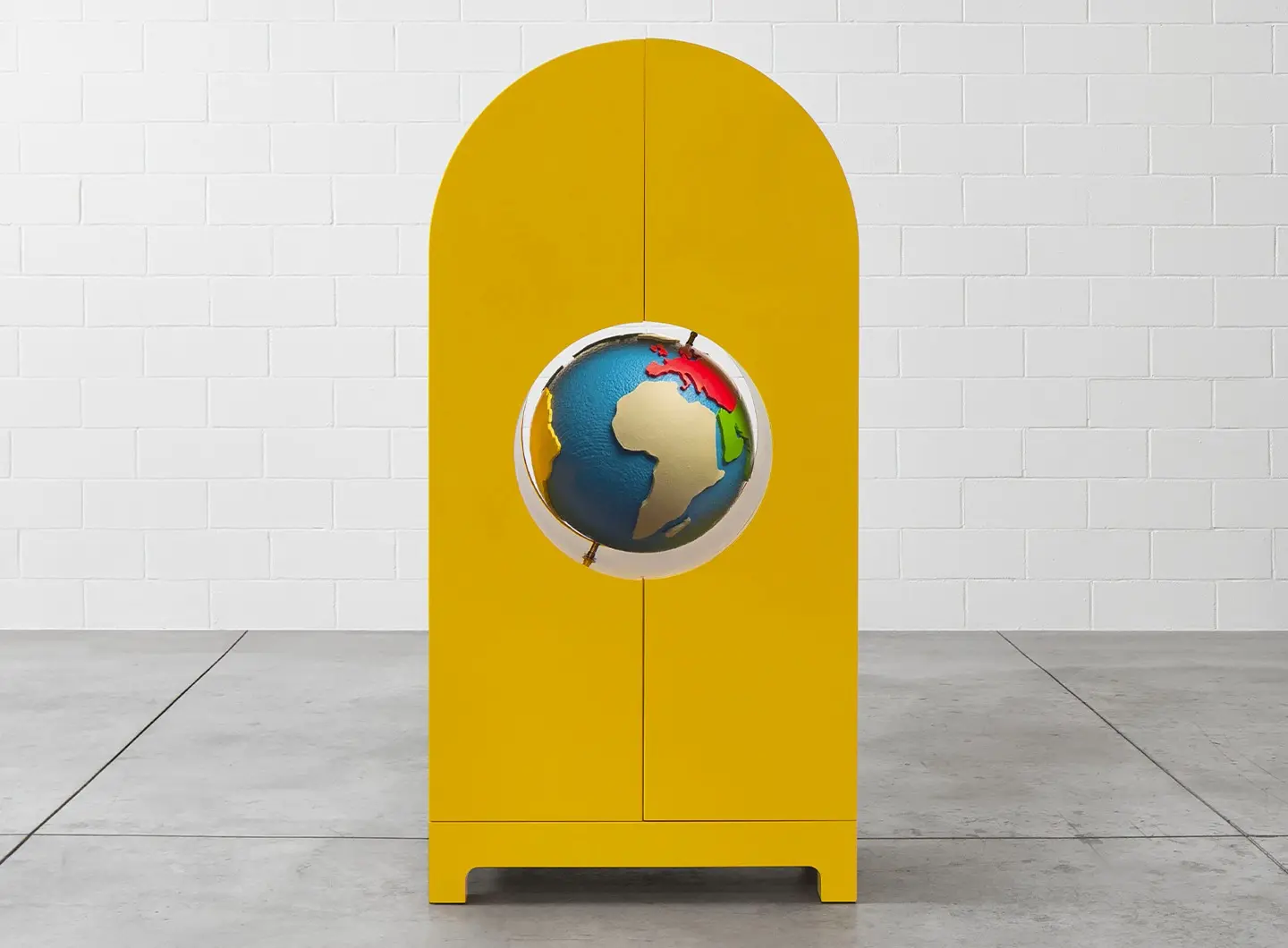
Globe, Studio Job, 2014
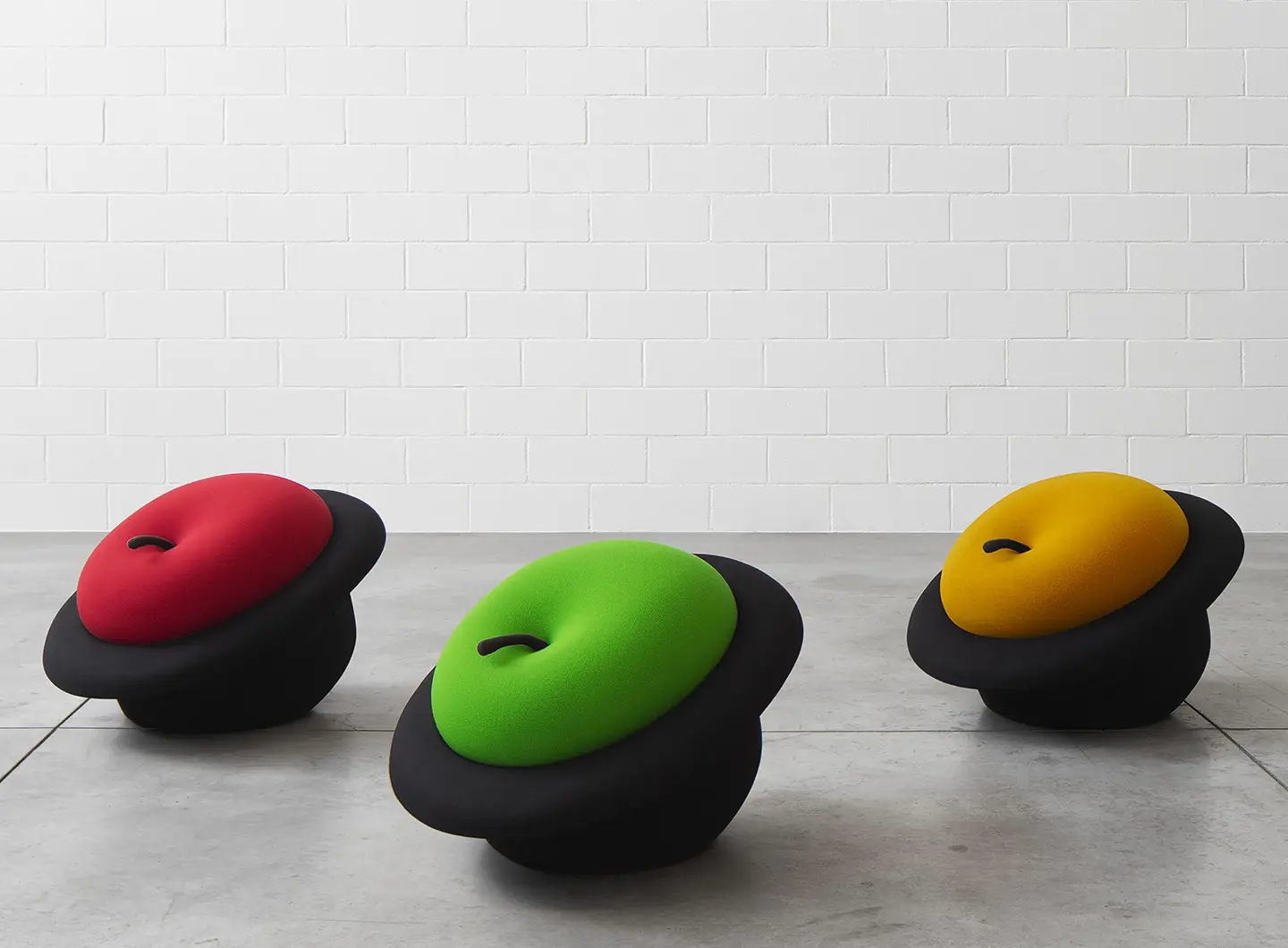
MAgriTTA, Sebastian Matta, 1970
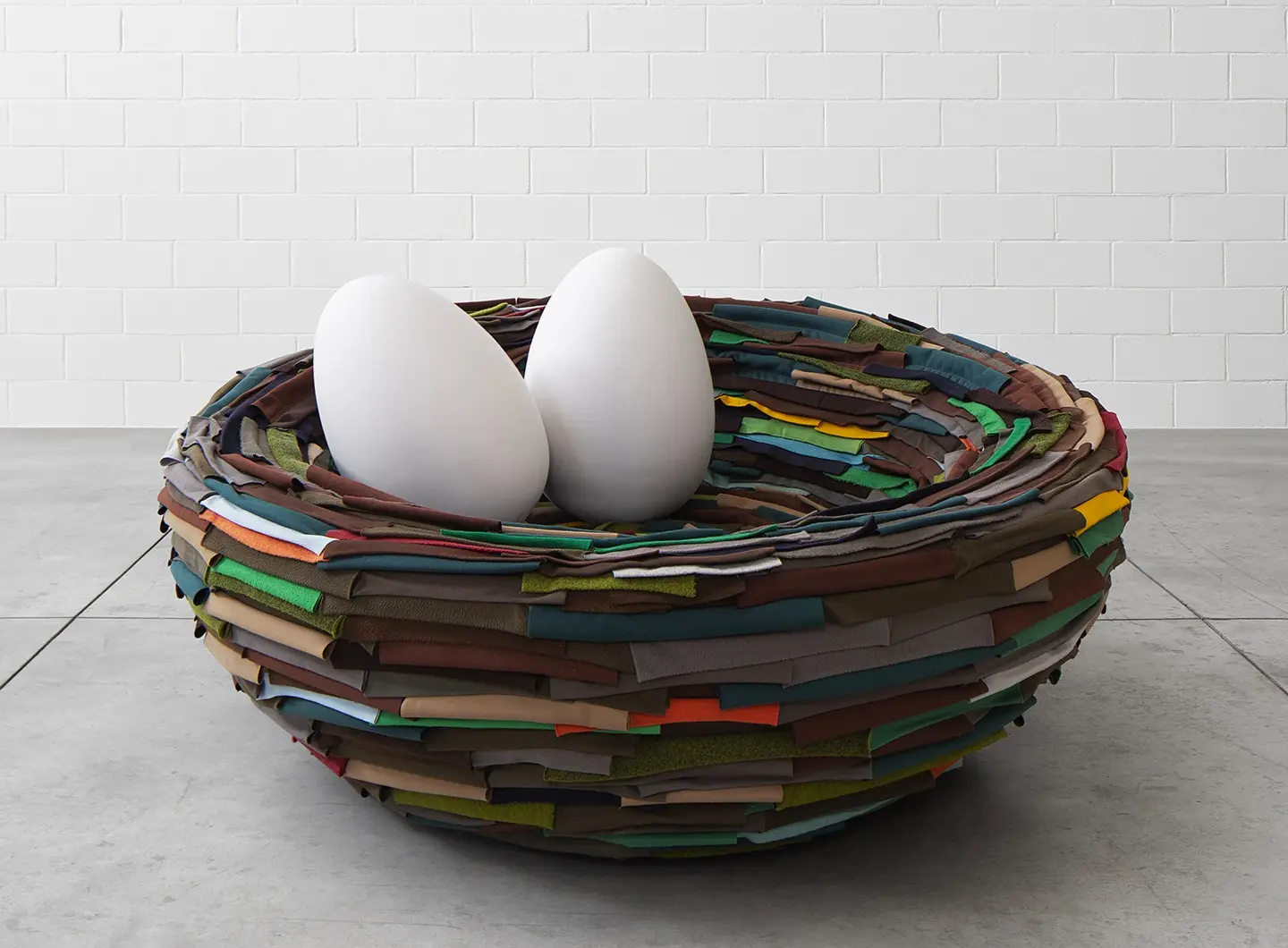
La Cova, Gianni Ruffi, 1973
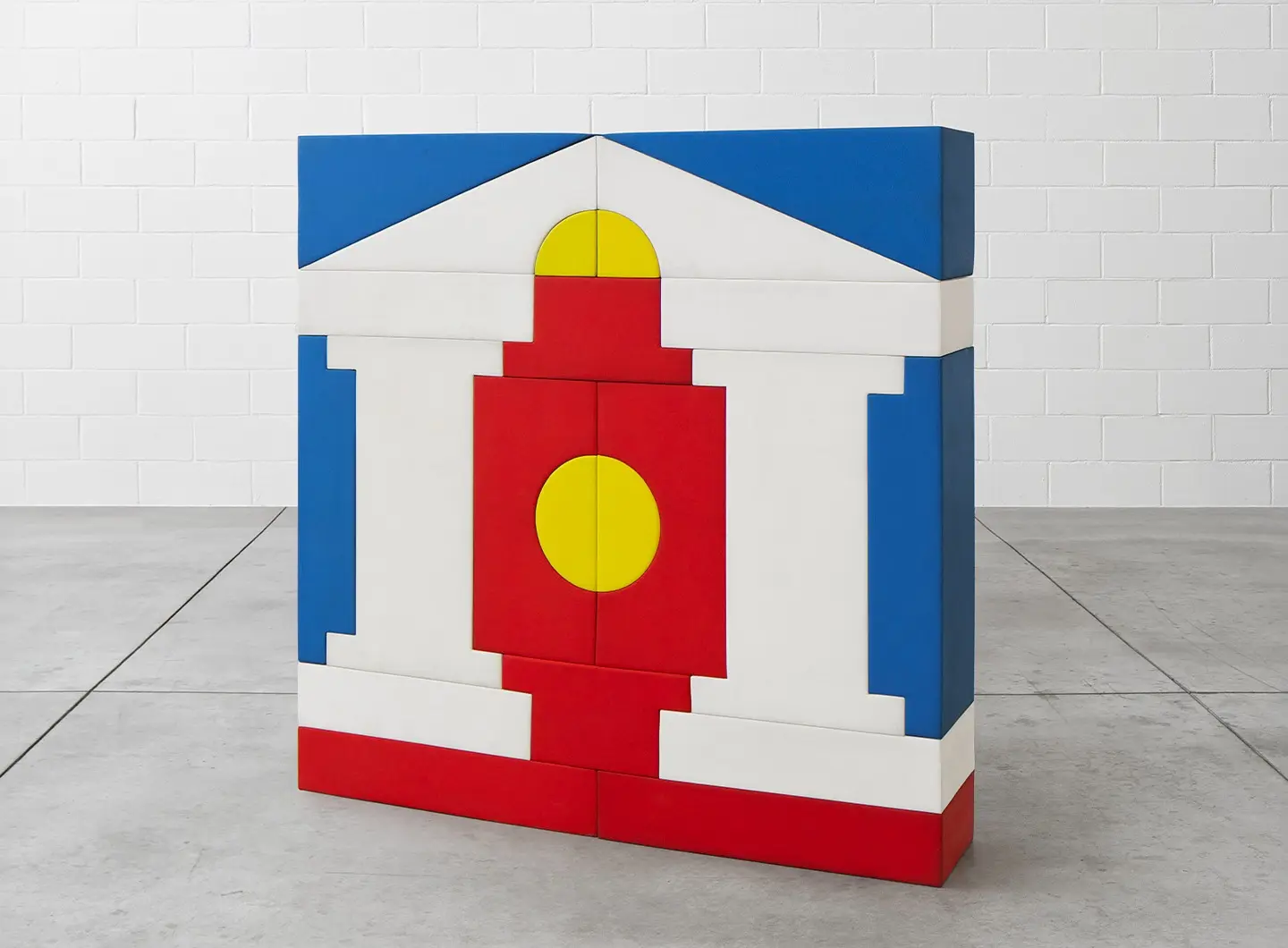
Baby-Lonia, Studio 65, 1973


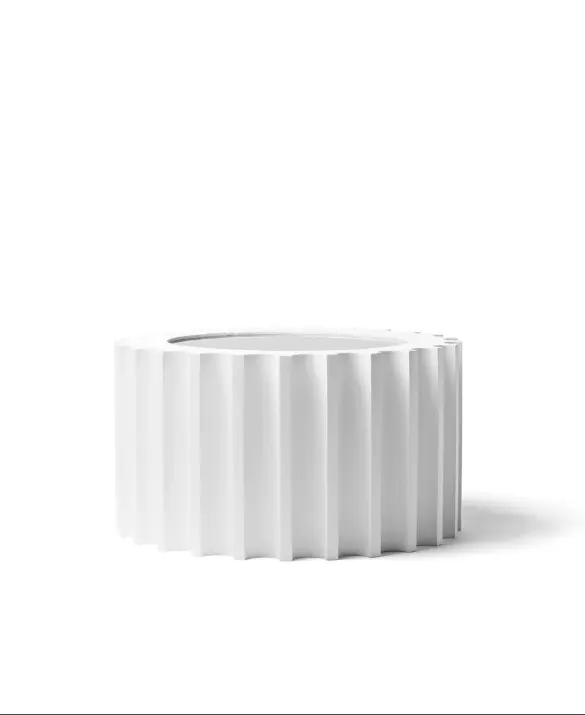
The CAPITELLO lounge chair, ATTICA armchair, and ATTICA TL coffee table by Studio 65 are designed by “deconstructing” a traditional Grecian column.
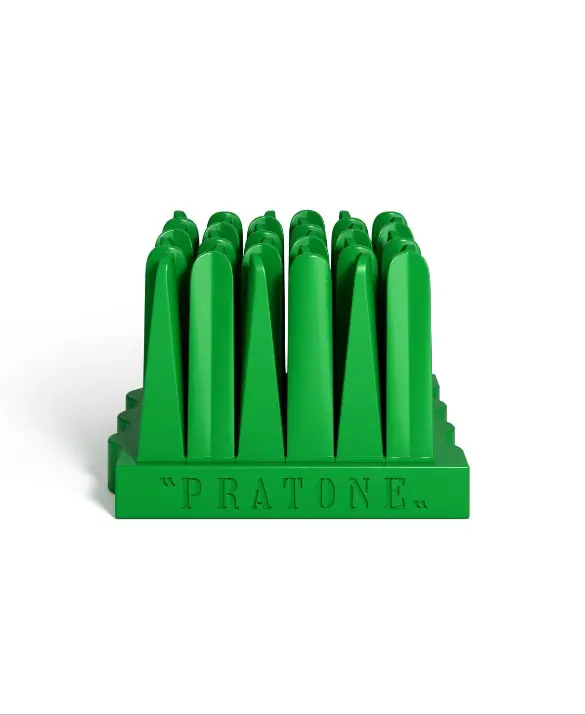
Similar to the 1971 PRATONE® by Ceretti, Derossi and Rosso, the new PRATONE® Infinito has novel features: it is not limited edition and is produced in series, without sacrificing the brilliance and
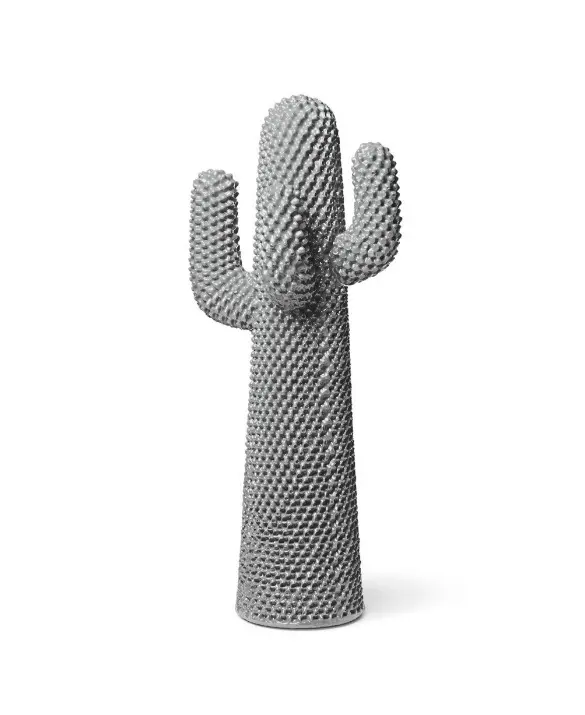
BORING CACTUS® has entered Gufram’s family on a cold, monotonous office day. The brilliance of Drocco and Mello’s original creation now transforms into a grey hue with a matte finish.
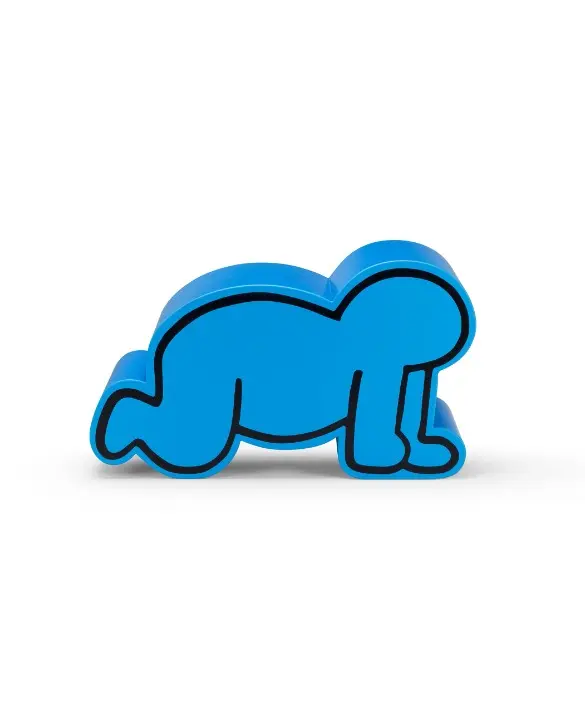
BABY is inspired by the seats of Keith Haring’s legendary carousel for Luna Luna, the fantastic artistic luna park founded in the late Eighties.
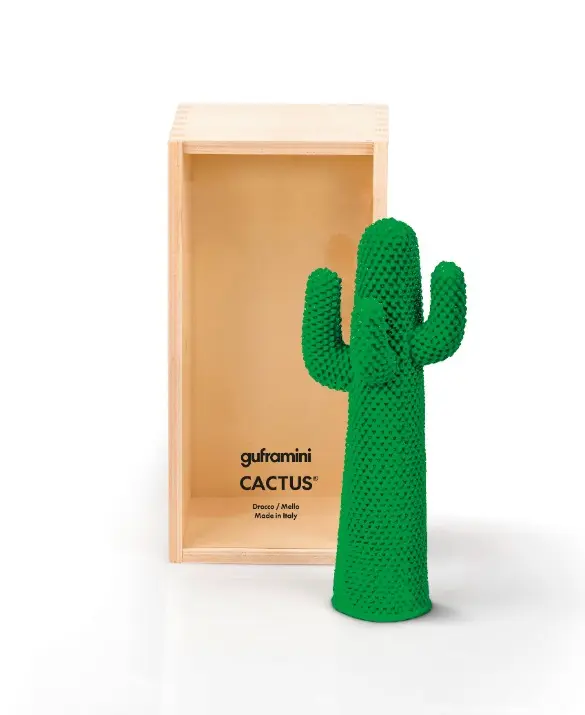
From the historic PRATONE® to the emblematic CACTUS®, from the sultry BOCCA® and the memorable CAPITELLO to the mysterious BROKEN MIRROR, Guframini offers aficionados a chance to own a slice of Ita
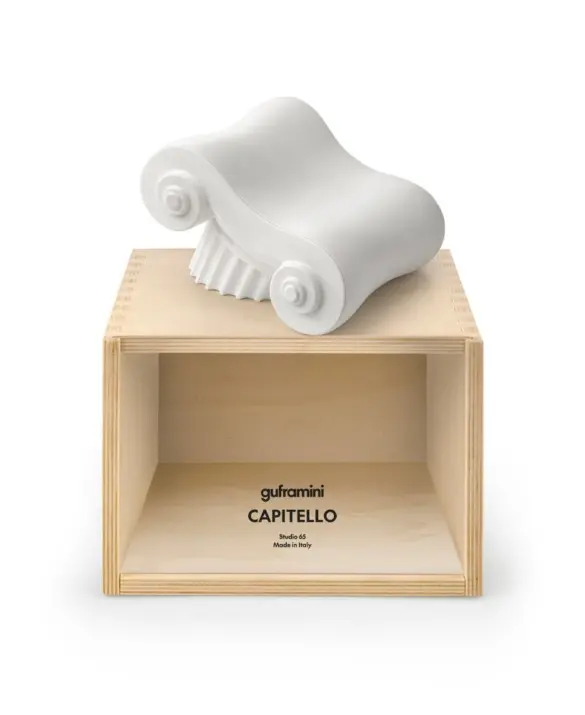
From the historic PRATONE® to the emblematic CACTUS® to the sultry BOCCA® and the memorable MAgriTTA and CAPITELLO, Guframini offers aficionados a chance to own a slice of Italian design history in
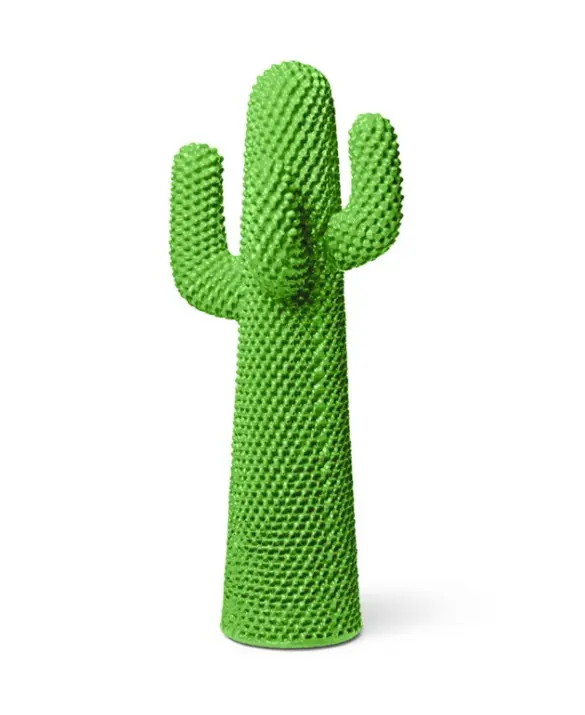
Designed by Guido Drocco and Franco Mello in 1972, CACTUS® has revolutionized domestic landscapes and creative interiors alike.
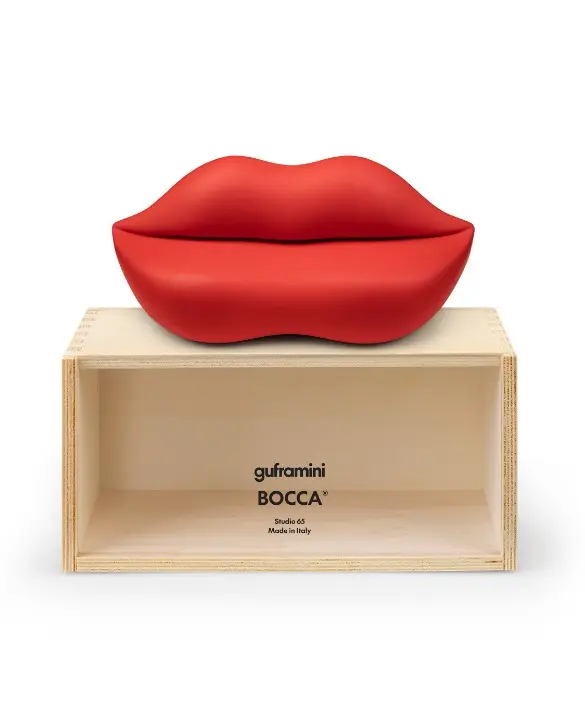
From the historic PRATONE® to the emblematic CACTUS®, from the sultry BOCCA® and the memorable CAPITELLO to the mysterious BROKEN MIRROR, Guframini offers aficionados a chance to own a slice of Ita
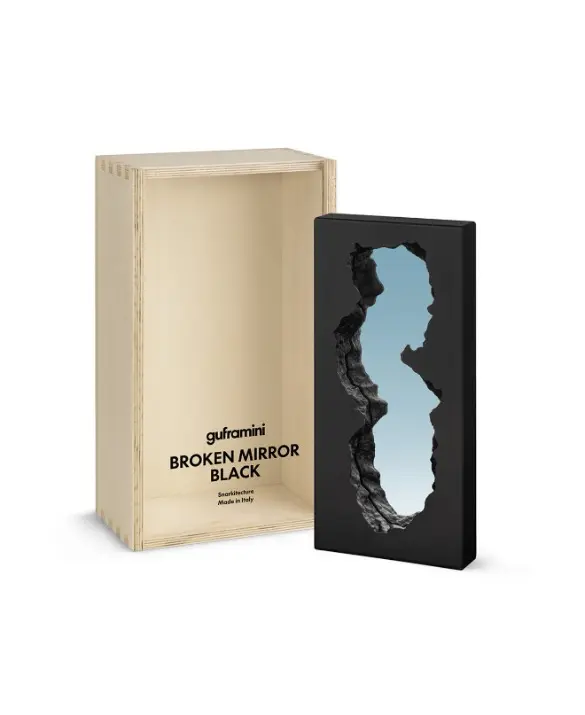
From the historic PRATONE® to the emblematic CACTUS®, from the sultry BOCCA® and the memorable CAPITELLO to the mysterious BROKEN MIRROR, Guframini offers aficionados a chance to own a slice of Ita

STEAM TABLE is a small table that challenges traditional concepts of perception and proportion.
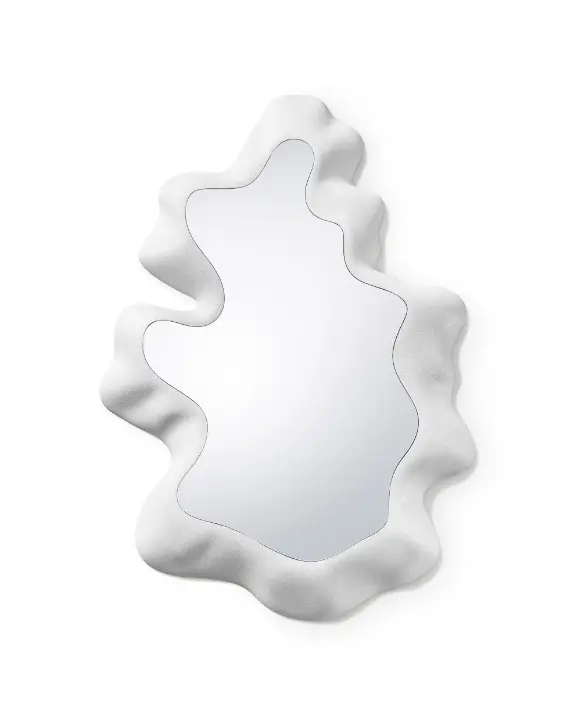
A lake seen from above, a snow-covered crater, a soft crack in the rock, the flickering silhouette of a flame: SCULPTED MIRROR, designed by Snarkitecture, is an irrational and irregular figure achi
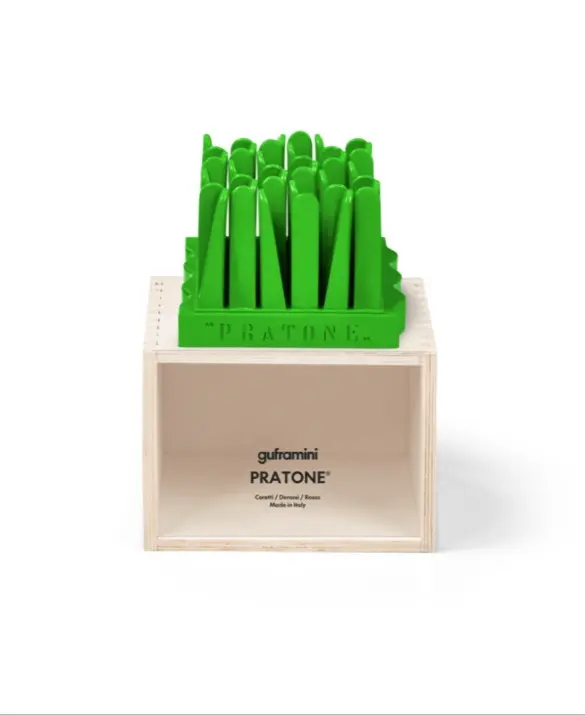
From the historic PRATONE® to the emblematic CACTUS® to the sultry BOCCA® and the memorable MAgriTTA and CAPITELLO, Guframini offers aficionados a chance to own a slice of Italian design history in








